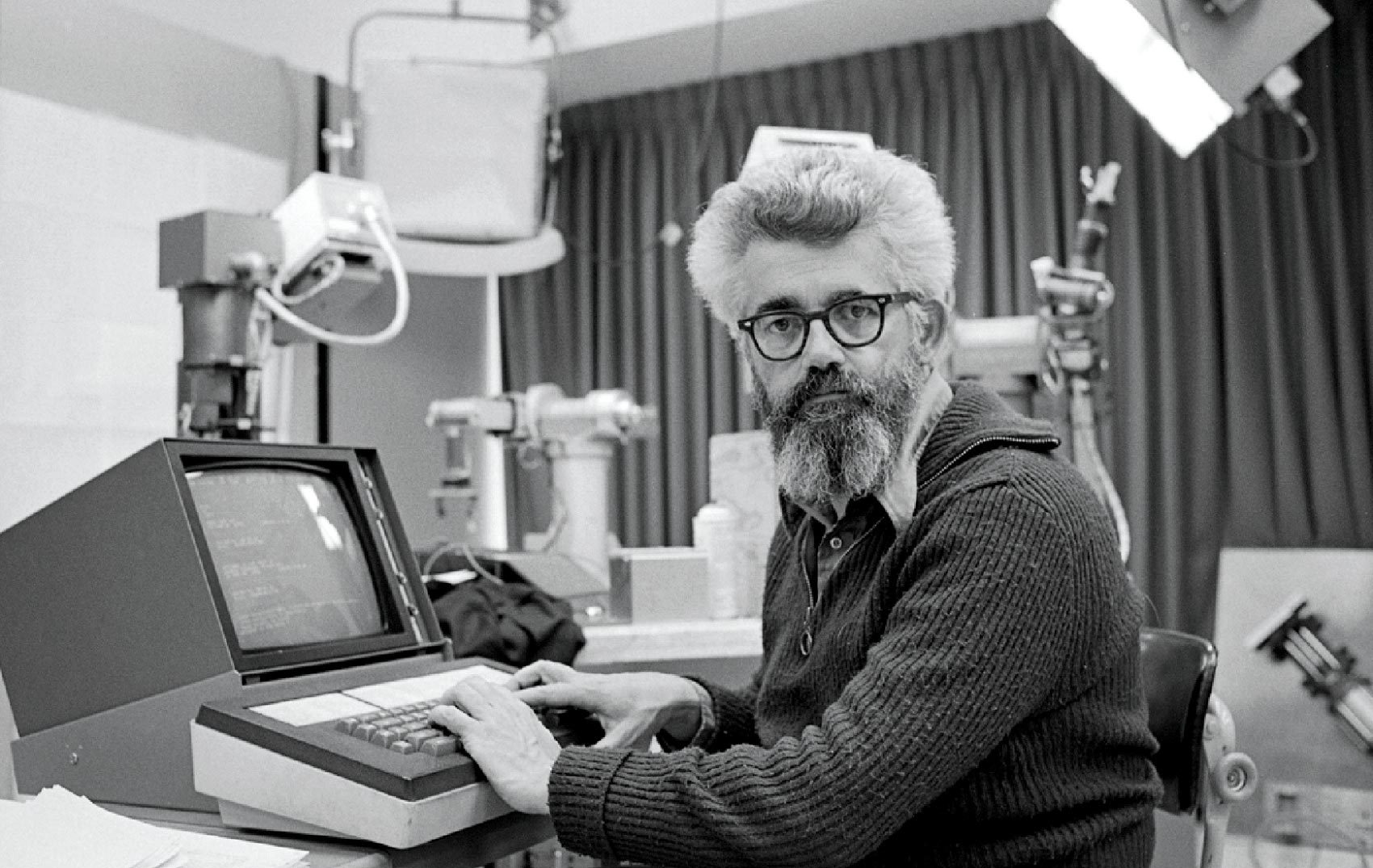Artificial intelligence (AI) is one of the few fields of science that have a definitive start date, says Marcelo Finger, from the Institute of Mathematics and Statistics at the University of São Paulo (IME-USP). It was in 1956, during a conference at Dartmouth College in New Hampshire, USA, that American computer scientist John McCarthy first used the term “artificial intelligence.” He thus baptized a new field of knowledge that since the 1940s had been attempting to produce mathematical models that could simulate the functioning of neurons in the human brain.
This biological approach, however, was restricted by the technical limitations of the time—computers were not yet capable of processing the immense amount of data generated by neural networks. Another branch of AI called “symbolic AI” thus arose, based on high-level representations of problems and rules. Expert systems, fed by previously defined knowledge bases, grew popular.
One of these systems, created by American scientist Edward Shortliffe in the early 1970s, recommended antibiotics to help doctors treat bacterial infections. “In Brazil, one of the pioneers in this field was Maria Carolina Monard, a professor at ICMC-USP in São Carlos,” says Ana Carolina Lorena, a computer scientist at the Technological Institute of Aeronautics (ITA). According to Lorena, Monard’s students investigated areas of AI that had previously been little studied in Brazil. One example is Maria das Graças Volpe Nunes, also from ICMC-USP, who became a national expert in natural language processing and led development of the grammar-checking tool used by Microsoft Office.
The 1st Brazilian Symposium on Artificial Intelligence, held at the Federal University of Rio Grande do Sul in 1984, was dominated by expert systems. However, both in Brazil and abroad, scientists actually began researching AI long before that, especially in the area of neural networks.
One of the pioneers of neural network research in Brazil is Nelson Mascarenhas, a retired professor from the Federal University of São Carlos now teaching on the Science Master’s course at Campo Limpo Paulista university. Mascarenhas completed his master’s degree in electrical engineering in 1969, but later decided to change fields. “I decided to study digital image processing, which was considered an exotic field at the time,” he says. He began his research at one of the world’s first digital image processing laboratories, at the University of Southern California, USA. After completing his PhD in 1974, he spent several years working at the ITA and then on the remote sensing program at the Brazilian National Institute for Space Research (INPE). “For a long time, we were the only ones working on digital image processing and pattern recognition,” he says.
Despite the advances, there is concern about the future. “Countries like France, England, and China have created public policies to promote AI. In Brazil, this opportunity is being wasted,” says computer scientist André Ponce de Leon Carvalho. Computer scientist Sílvio Meira, a professor at the Federal University of Pernambuco and chairman of the board at Porto Digital, a technology park in Recife, agrees. “Brazil has a great capacity for absorbing technology and accounts for half of the entire technology market in Latin America,” he says. “But there is no clear strategy. Since the 1970s, we have not established any major technological challenge. We don’t know what field we want to compete in. Until that happens, we will never be competitive.”
A report released in early December by Elsevier reinforces this belief. Titled ArtificiaI intelligence: How knowledge is created, transferred, and used, the document focused on China, the USA, and Europe. The first two are named as world leaders in research in the field, while Europe is the source of some of the most diverse AI studies conducted worldwide. India and Iran are highlighted as emerging nations.
Roberto Marcondes, from IME-USP, is one of the experts who contributed to the document, warning of the need to develop new indicators to improve AI research monitoring. “Traditionally, research advances are described in articles published in periodicals or at conferences,” he says. “Now, with the growth of AI, it is becoming clear that these indicators only cover a fraction of the advances made in the sector,” he says.
Elsevier’s online AI Resource Center provides indicators on AI research worldwide, including a survey of the number of papers published on the subject from 1998 to 2017. China ranks first with 134,990 publications, followed by the USA (106,600), India (36,736), the UK (35,302), and Japan (35,302). Brazil is in 15th place, with 12,094. With respect to international collaboration, Brazil is ranked 18th, with 2,979 articles published in partnership with researchers from other countries. The USA (31,174), China (21,547), and the UK (16,054) are placed highest.
Republish

